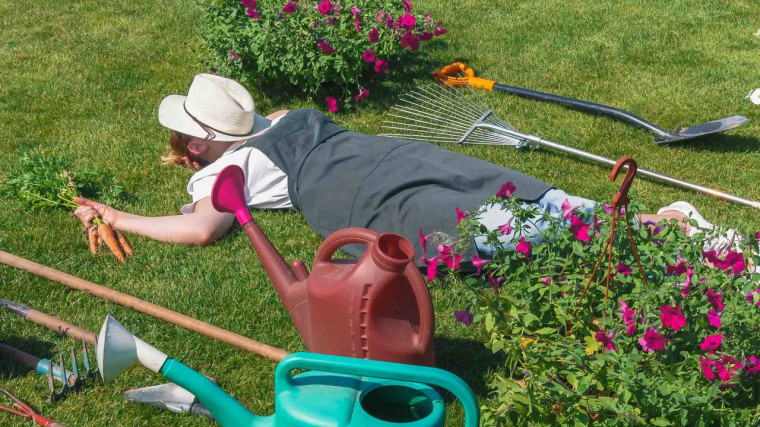It occurred to me on a quiet Saturday afternoon, that June 19 was not only Juneteenth but also World Sauntering Day.
To saunter is to take a slow leisurely walk, in a relaxed manner.
But who has the time or mood to do that in busy busy busy Singapore? I’ve got to rush to the supermarket to buy toilet paper!
Jokes aside, taking time to slow down, or even stop, is sometimes a luxury. Even an Hermès bag cannot supersede that (I can only imagine, since I don’t own one…)
When was the last time you sauntered? Or some say, stop to smell the roses.
Perhaps if we could practise mindfulness, we might be able to notice the briskness of the morning air, or the lush greenery after the rain at our local park…
…before hurrying home with a meal! To catch-up with work by Sunday night, before Monday arrives!
If this scene is familiar to you, you have my sympathies, I know that all too well too.
Long hours at work
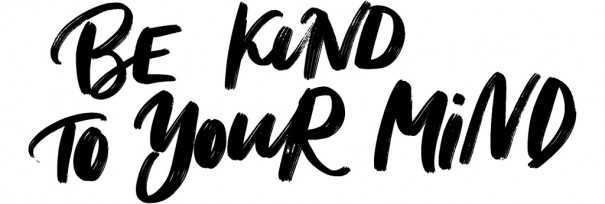
Full-time employed Singapore residents worked 45.4 hours per week in 2020, based on MOM’s latest statistics. That’s about 9 hours a day, in a 5-day work week. Doesn’t sound too bad, right?
Yet on a global basis, Singapore is consistently working the most hours among both developed and developing economies. Our 2,238 hours on average in a year in 2017 surpassed the US (1,757 hours), South Korea (2,063 hours) and even Hong Kong (2,186 hours).
There isn’t much data on how much more Singaporeans have been working since Covid struck, but anecdotally, more have reported working longer hours as work spills over into our private lives as we get used to WFH arrangements.
Amazingly, our working hours have actually decreased. In 2010, we hit 49.2 hours of work per week. However, those were different times when USB flash drives, Blackberrys, and even fax machines were still in fashion. Now, these gadgets are relics deemed too slow or irrelevant.
Technology has made us more efficient, right? Right?
Tech doesn’t sleep; humans do
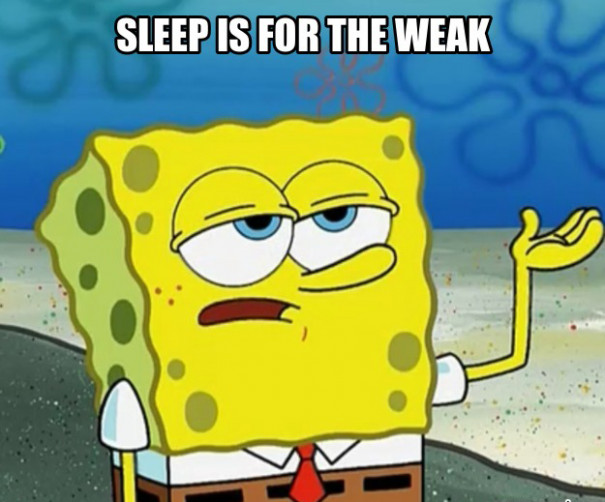
While our technology-driven 24/7 culture never sleeps, we actually do need time to rest and recover.
If we function on overdrive day after day, month after month and year after year, something’s got to give.
In 2018, the Singapore Mental Health Study (SMHS) showed that 1 in 7 people in Singapore has experienced a mental disorder in their lifetime, an increase from 1 in 8 people in 2010’s study.
In light of Covid-19, a tripartite advisory on mental well-being at workplaces was jointly issued by MOM, the Singapore National Employers Federation and trade union NTUC at the end of 2020.
Regardless, one in three people said that their mental wellness had worsened versus a year ago, based on a survey by The Straits Times in March 2021.
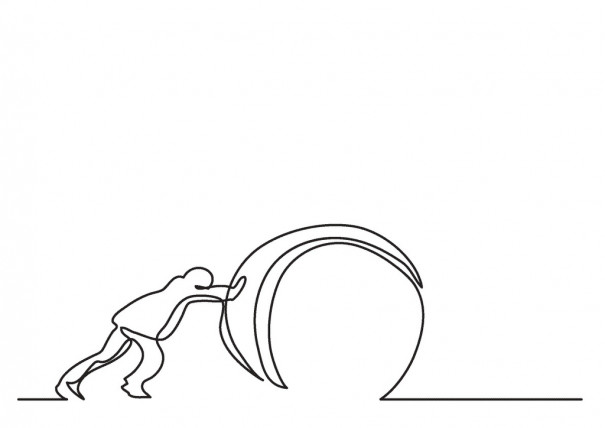
When the economy is adversely impacted, businesses and livelihoods suffer. The mounting stress has a direct impact on mental health. This is not something that an advisory can fix. There must be more than just lip-service given to mental health.
We need more tangible actions. For example, take mandatory block leave. This is a practice that banks have in place – it is originally intended to discourage fraud, but I believe it can help encourage employees to disconnect for longer, allow workers to have time to recharge annually, and even support the diversification of work skills. This, however, requires support from employers such that workers don’t feel guilty or compelled to work extra hours in preparation for that block leave.
Even for those whose jobs are secure, moving from the office to working from home has proved to be challenging too. Many expressed difficulty to disconnect from work.
How do you feel well?
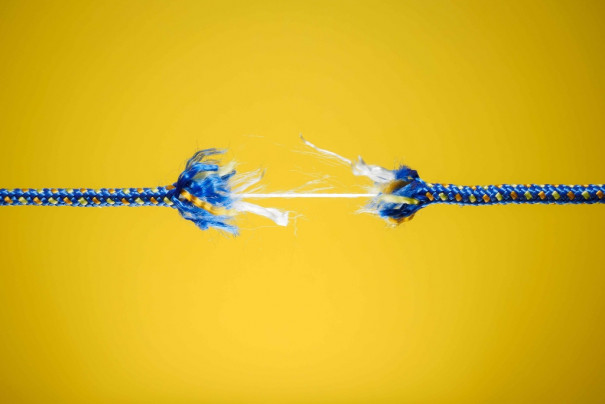
What exactly constitutes wellness? Surely, we must know, since most of us can feel and perceive wellness, both in the mental and physical sense. Right?
Sadly, most of us only pay attention to mental wellness when we are already suffering the effects of the lack of it. In some more serious cases, the effects may already have had detrimental effects on our physical well-being.
Globally, over 745,000 people die from ischemic heart disease and stroke each year, due to working more than 54 hours a week. What could be the pathways to this state?
Chronic stress, leading to high blood pressure, cholesterol, and behavioral factors such as the lack of sleep, exercise, coupled with an unhealthy diet are all contributors to poor physical health.
Likewise, long work hours increase the risks of depression, anxiety, and what seems like most recently, burnout, which impacts mental wellness.
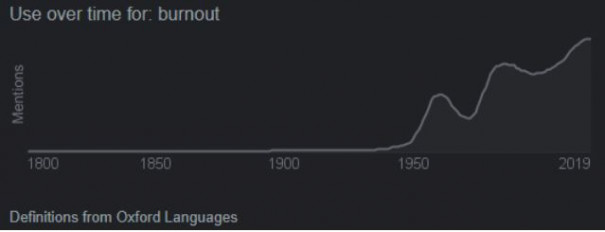
Although there’s no agreement among doctors on how to diagnose burnout, the Maslach Burnout Inventory (MBI) is most commonly used for analysis purposes.
In general, burnout is considered to encompass three symptoms, namely – exhaustion, negativity towards work, and reduced job performance. Nevertheless, a person doesn’t need to show all three signs to be under threat of it.
In reality, work-related burnouts can affect employees so badly that they are unable to return to their careers, potentially draining a workforce of skilled professionals.
Draw the line before mental and physical health deterioration
There are many reasons as to why we overwork. For some, it is due to negative drivers such as debt, FOMO (fear of missing out), fear of judgement, or work environments that expect long hours and constant availability.
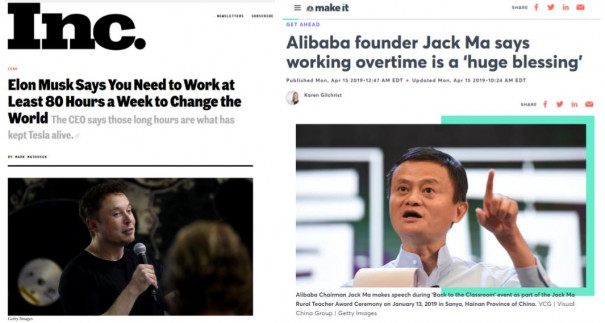
Apart from self-perception (of being top performers), and over-identification with work, others may be highly motivated by money, success and achievements. After all, goes the argument, billionaires like Elon Musk and Jack Ma endorse long work hours, and they seem to be in good health, so why shouldn’t everyone embrace an 80-hour work week?
The mere thought of that is enough to give me a stress-induced headache.
While qualities such as diligence, perseverance or grit are deemed virtuous, the problem is that there’s no quantifiable benchmark as to how much is enough. This sometimes sets the default at breaking point, which is way too late and a very unkind thing to do to oneself.
Short, medium and long term solutions
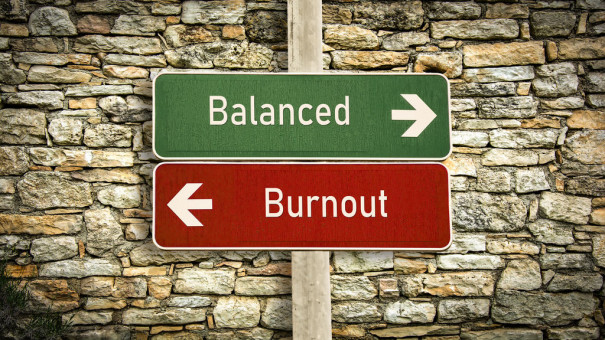
While medical leave for those who suffer burnout is helpful in the short term, it does not provide a good solution to sustained mental wellness.
Neither does denial — although mental wellness in the workplace is not a new concern, Covid-19 has shown a new light on the issue as more seek mental health treatment.
Vacations or wellness retreats also only work as interim solutions, because if recovery is so simple in face of poor mental health, why do most people still yearn for the next holiday as soon as it ends?
How about self-regulating efforts like going for workouts, yoga classes or mindfulness sessions? Sure, if there’s adequate engagement and a proper routine, that can inject some work-life balance and can help manage overall wellness as well as anxiety.
Just remember not to tell people to “relax lah!” — that’s probably the worst advice!
Ideally, as a medium-term solution, employers should be incorporating work stress and mental health risk measurements to help put a process in the workplace to keep wellness, workload and stress in balance with each other.
Employers, are you experiencing burnout or mindful about your employees’ well-being? How would you know everyone’s mental state (including yours) if there’s no measurement or assessment, or a safe and positive environment for feedback?
Or do you just tell your employees that they ‘look normal’, and assume things are fine?

It’s also important for employers to have informal check-ins and casual sharing sessions with their employees. This doesn’t just meet the need of a wellness status check, but also builds rapport and shows co-workers that they are valued as people, not as numbers or profit/loss margins or even energy to be harvested à la the Matrix!
There’s a saying that if you can’t stand the heat, then get out of the kitchen. That metaphor might work to a certain extent I suppose, but it has its limits because at some point, people do faint from the heat.
In the long run, redesigning jobs and workload reallocation is necessary to alleviate mental wellness hazards.
Finding resilience
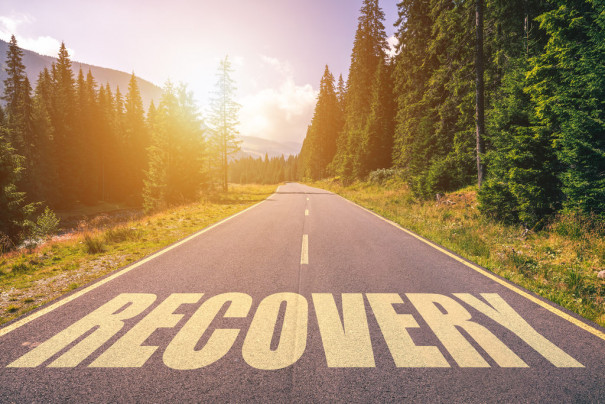
Contrary to our common understanding, resilience is not about endurance, or tolerance of adversity that shouldn’t be there in the first place. It’s about recovery, according to the Harvard Business Review.
If you drain yourself in the performance zone, then you need even more time in the recovery zone. After all, if you are working so hard, you deserve a longer recovery, to rejuvenate and come back to the workplace with renewed energy, and keep calm and carry on the career marathon.
By the way… did you know that June 19 is World Sauntering Day?
Other stories you might like

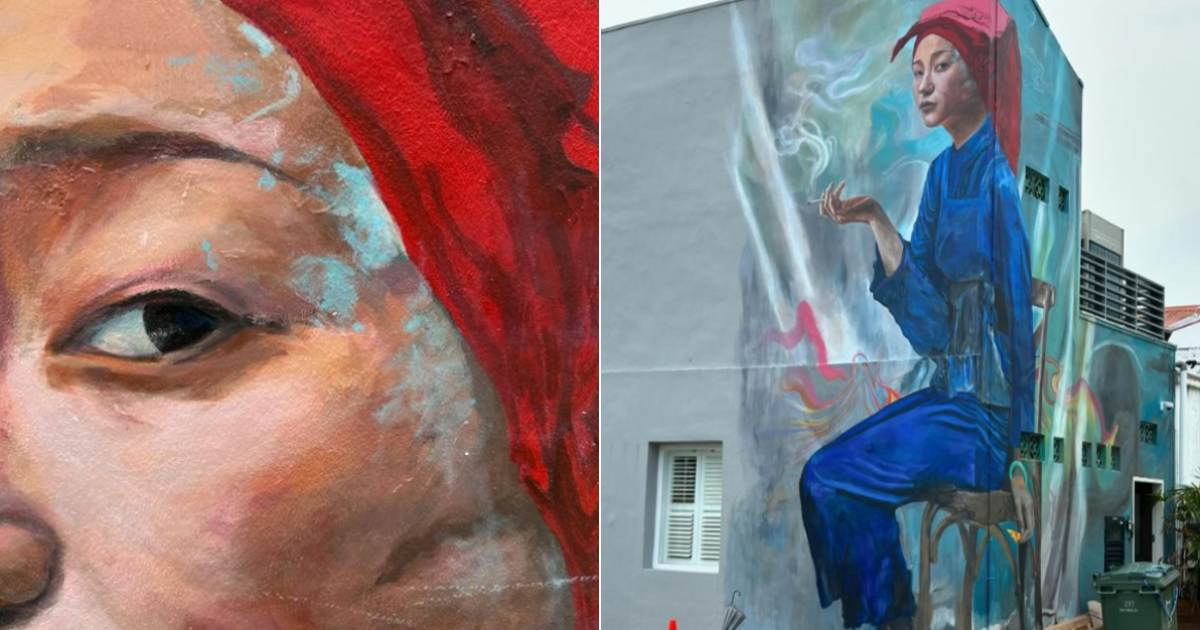
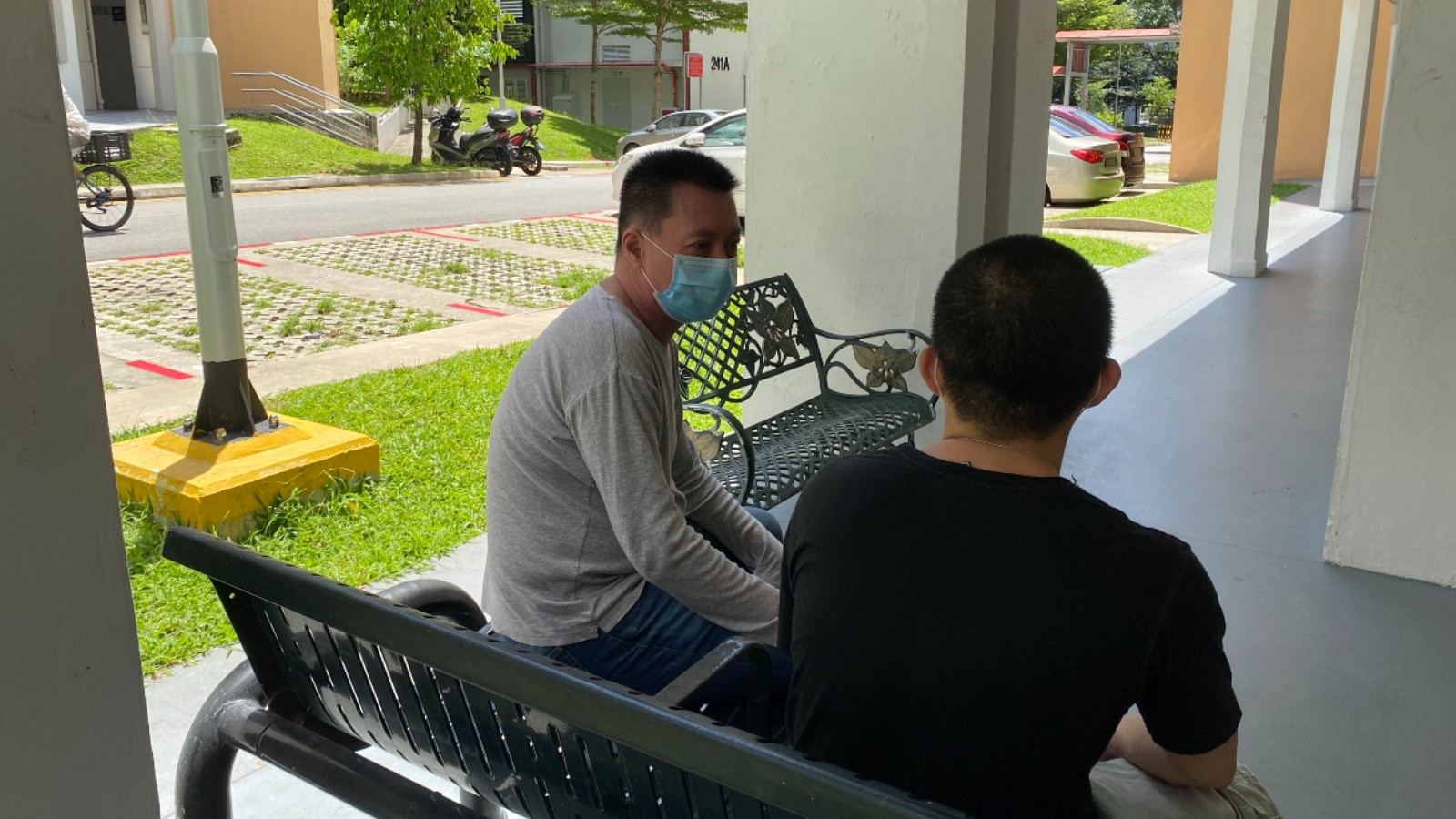

If you like what you read, follow us on Twitter and Google News to get the latest updates.
